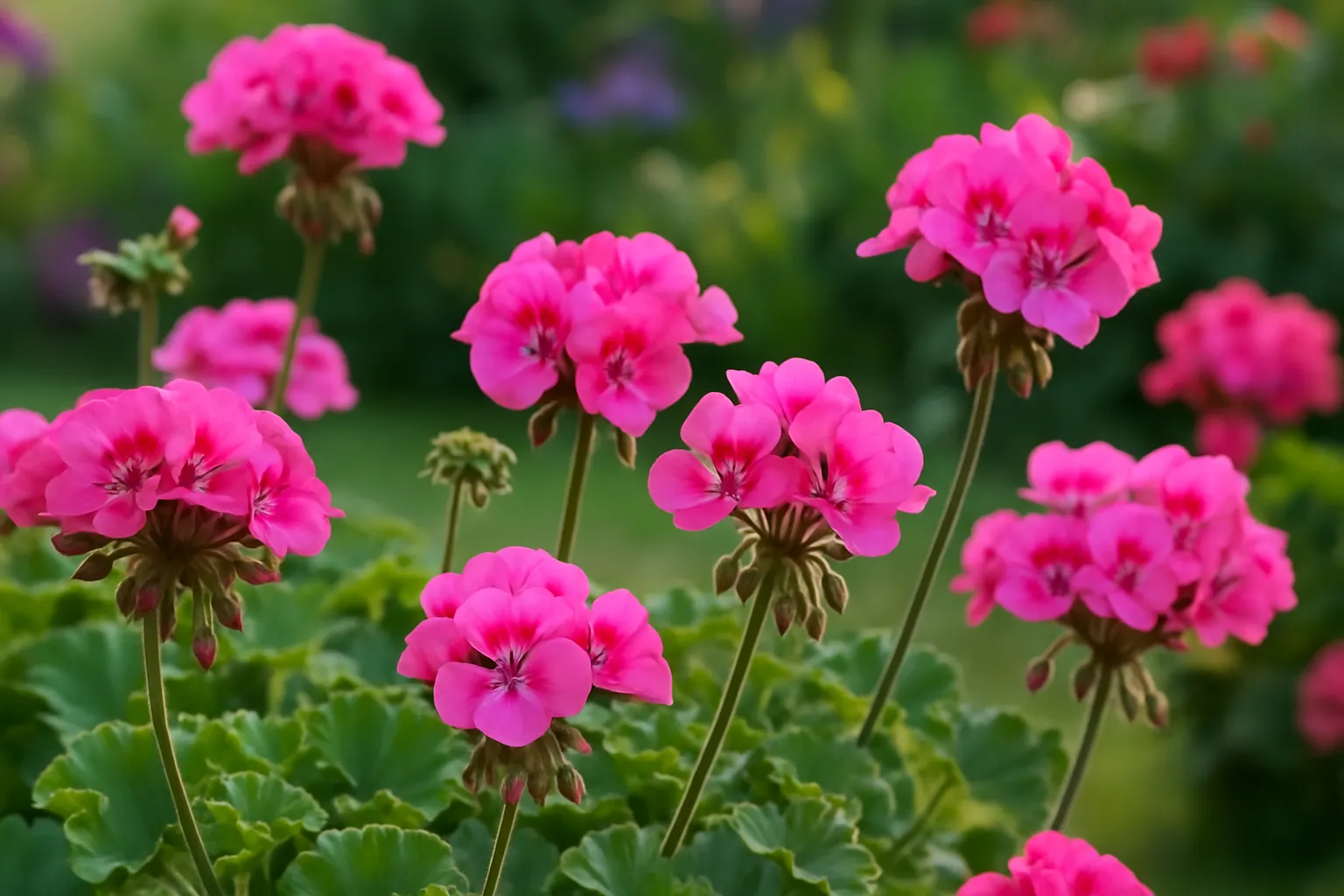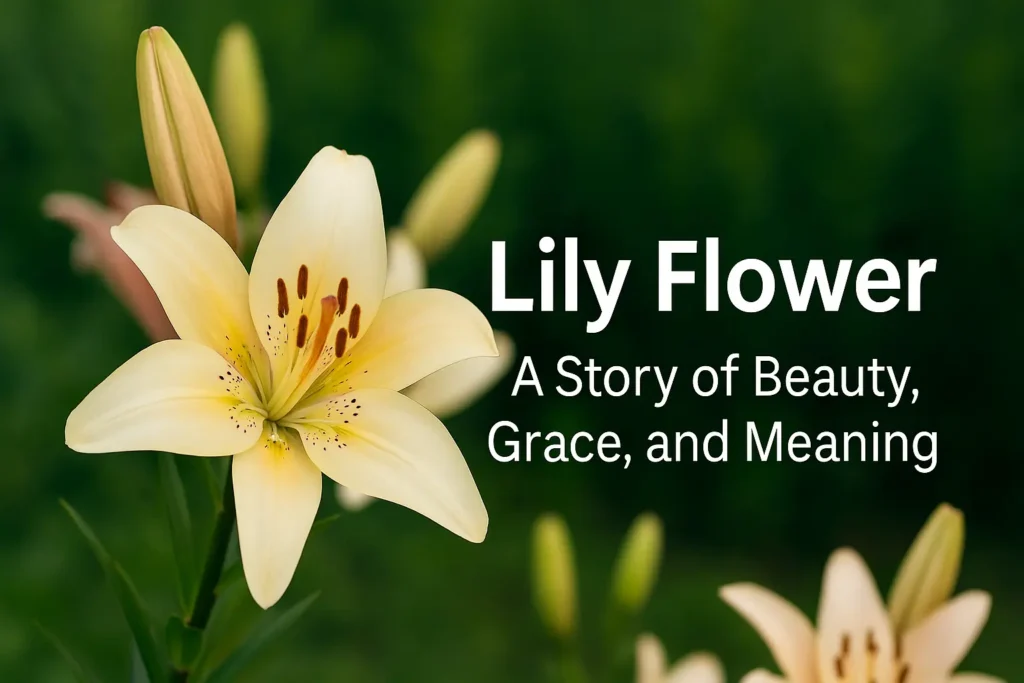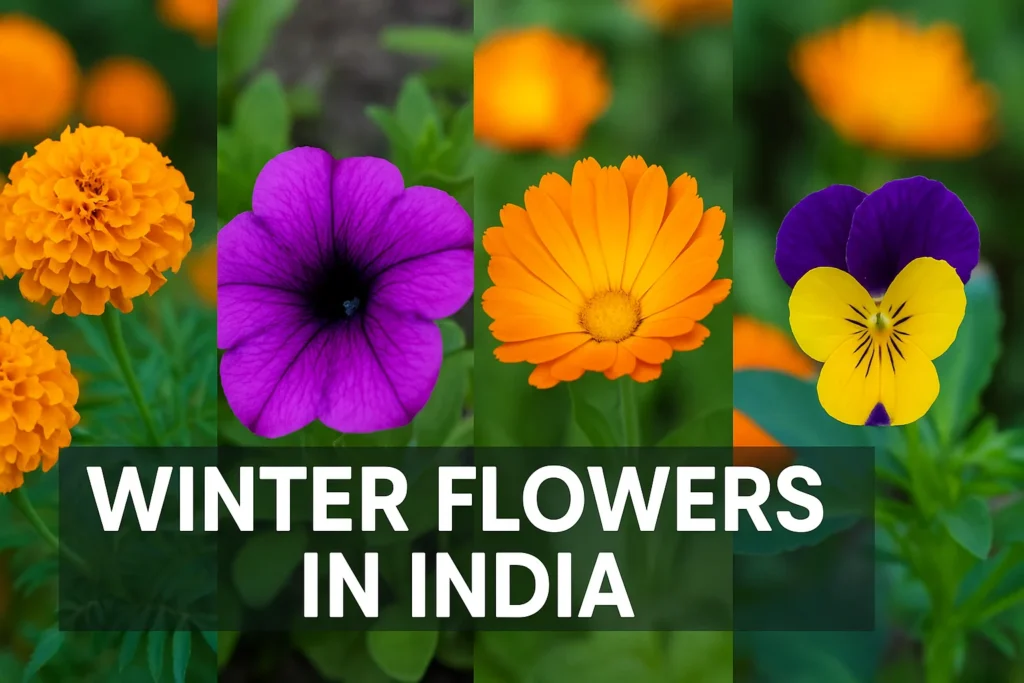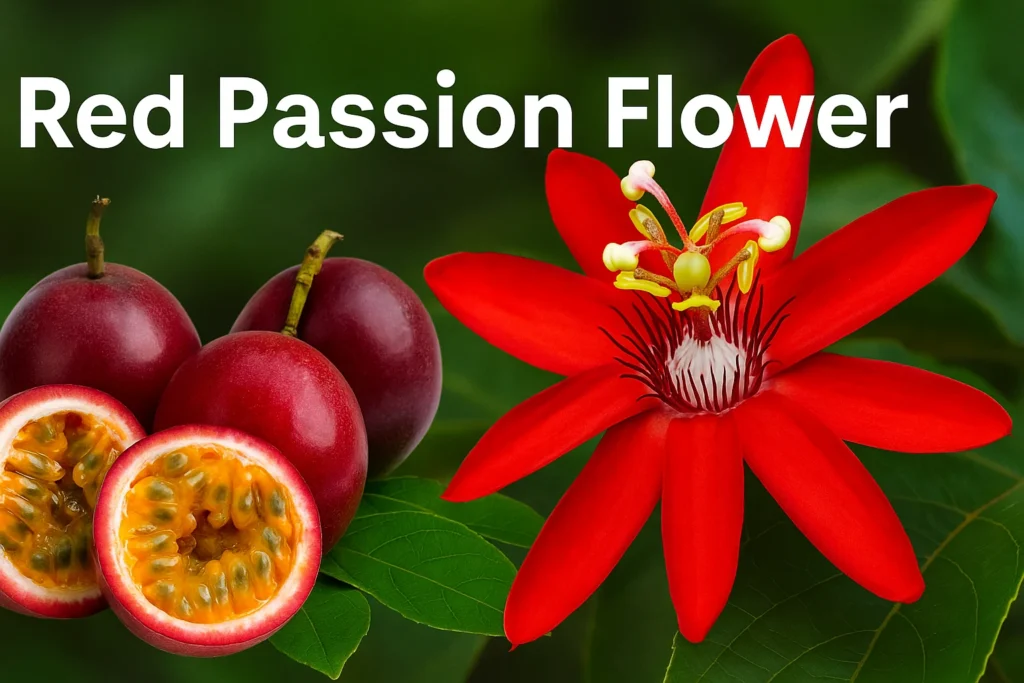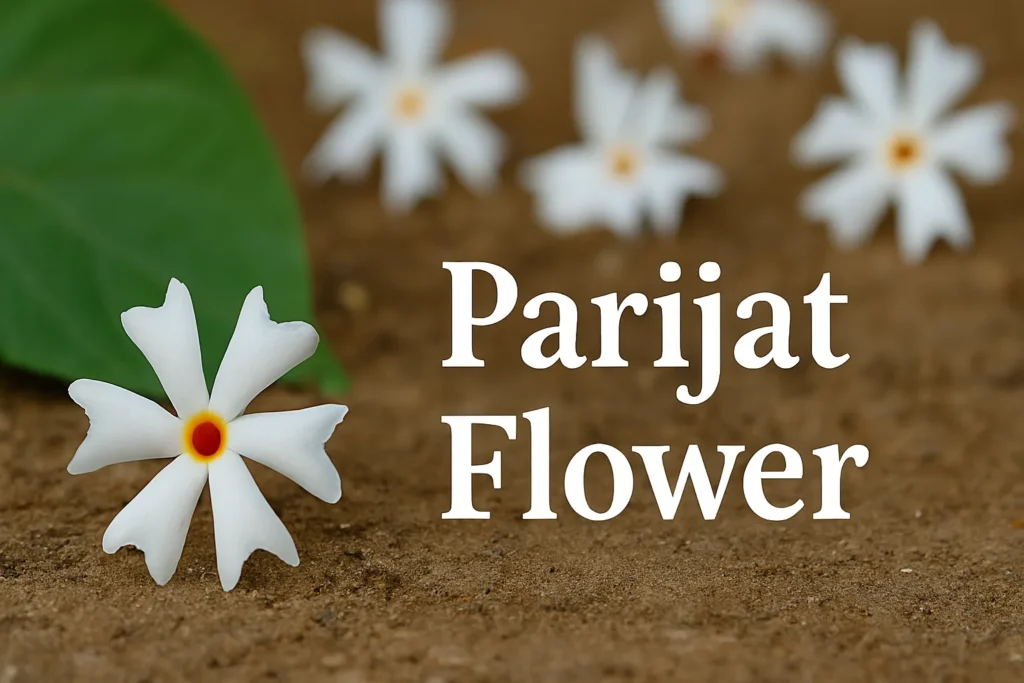Nothing livens up a garden, window box, or balcony quite like the vibrant geranium flower. Admired by plant enthusiasts and beginners alike, geraniums come in a range of radiant shades and delightful forms—from cheerful wild geraniums brightening up woodlands to classic red geraniums gracing sunny patios. If you’re curious about these charming blooms, their care, fascinating types, and benefits, pull up a chair! Let’s explore everything geranium to help you make the most of this timeless plant.
What Makes Geraniums So Special?
Before we dig into the dirt (pun intended), let’s talk about what makes the geranium flower a standout. Native to various regions around the world, geraniums dazzle with their clusters of blooms in shades of red, pink, purple, and even pure white. Gardeners love their long blooming season and relatively simple care requirements—making them ideal for everyone from newcomers to green-thumbed pros.
Types of Geraniums: Meet the Colorful Cast
Wondering how many types of geraniums there are? Quite a few! Each one has its own unique character. Here’s your cheat sheet to the most popular varieties:
Zonal Geraniums
These are probably what comes to mind when you hear “geranium.” With bold flower clusters and rounded, sometimes patterned leaves, zonal geraniums come in reds, pinks, purples, and white. They’re ideal for bedding gardens and containers.
Ivy Geraniums
Perfect as trailing plants for hanging baskets, these feature ivy-shaped glossy leaves and cascade with single or double blooms in soft hues.
Regal or Martha Washington Geraniums
Showy and dramatic, regals erupt in large, patterned flowers in reds, pinks, and purples. They prefer cooler conditions and are loved for their decorative appeal.
Scented Geraniums
Beyond their dainty blooms, what sets these apart is the scent! Their leaves can smell like rose, mint, lemon, or even chocolate, releasing fragrance when touched—a fun pick for sensory gardens.
Wild Geranium (Spotted Geranium)
Native to North American woodlands, wild geraniums (or spotted/cranesbill geraniums) bloom in rose-purple shades and are a hardy perennial, ideal for naturalizing garden borders.
Other Types
There are also Angel geraniums, interspecific hybrids, and countless color forms to suit every taste.
If you have a patch of Moss Rose or Periwinkle Flower in your garden, slotting in some geraniums can add wonderful contrast and vibrancy, while other annuals like Marigold Flower pair beautifully with their long-lasting blooms.
Geranium Flower Care: Your Fool-Proof Guide for Healthy Plants
Looking after geraniums isn’t rocket science, but a little know-how goes a long way. Here are simple tips to grow healthy, happy geraniums:
- Sunlight Needs: Geraniums thrive on light! Aim for 4–8 hours of direct sunshine daily. In scorching climates, a bit of afternoon shade keeps your plants from getting cooked.
- Soil and Watering: These flowers prefer moist, well-draining soil. Water deeply about once a week (or more in hot weather), but avoid letting the roots sit in soggy conditions. Overwatering is a common culprit behind droopy leaves.
- Fertilizing: Feed your geraniums with an all-purpose fertilizer every couple of weeks to boost vibrant growth. Slow-release fertilizer can be incorporated when planting for hassle-free feeding.
- Pruning and Deadheading: Don’t be shy about snipping! Removing spent blooms (a process called deadheading) encourages plants to keep pumping out new flowers all summer. Simply twist or snap off the faded flower stems close to the main stem using your fingers or gardening scissors.
- Container vs. Ground: Geraniums flourish in pots, garden beds, or hanging baskets. Just make sure containers allow for adequate drainage, especially if you have periodic heavy rains.
If you’re experimenting with balcony gardening, consider combining geraniums with Gazania Flower for a colorful, sun-loving display. And if safety is a concern, an invisible balcony grill is a sleek solution for keeping plants (and pets) secure without spoiling your view.
Propagating Geranium Flower: Seeds, Cuttings, and More

Ready to multiply your geranium collection? You’ve got options:
- Seeds: Best sown in early spring, geranium seeds need warmth and consistent moisture. Germination typically takes 2–3 weeks.
- Cuttings: Simply snip a 4–6-inch healthy stem below a leaf node, remove lower leaves, and root in water or moist soil for new plants.
- Division or Layering: Some hardy perennial types can be divided in spring or fall.
Once your seedlings or cuttings are established, transplant to your desired spot, making sure newly planted geraniums have adequate sunlight and space to spread.
Geranium Benefits: More Than Just a Pretty Flower
It’s not all about looks—geraniums pack an impressive list of benefits:
- Aromatic Oils: Especially from rose geranium and scented geraniums, these oils are used in aromatherapy to ease stress, lift mood, and even balance hormones.
- Wound Healing: Traditional uses include applying geranium extracts to wounds for faster clotting and reduced infection risk.
- Skin Rejuvenation: Geranium-infused creams and teas are said to soothe skin, reduce inflammation, and help manage certain dermatological conditions.
- Insect Repellent: The lemon-scented varieties can help repel mosquitoes naturally.
Love creative plant projects? A Bonsai Flower Plant makes a captivating addition alongside geraniums, offering a completely different shape and style.
Common Geranium Flower Problems and Troubleshooting
Healthy geraniums are generally trouble-free, but here are quick tips for some common issues:
- Yellowing Leaves: Usually due to overwatering or lack of light.
- No Blooms: Could mean not enough sun, or the plant needs deadheading or feeding.
- Wilting: Check for root rot (too much water) or thirsty plants (not enough water).
- Leaf Spots or Mold: Improve air circulation and avoid wetting the leaves during watering.
How to Deadhead Geraniums for Lush Blooms?
Deadheading is the secret to continuous, lush geranium flowers. Here’s a step-by-step primer:
- Check for faded or drooping blooms.
- Trace down the flower stem to where it meets a leafy branch—a knobby node marks the spot.
- Using your fingers, snap the stem sideways cleanly at the node, or use pruning scissors for thicker stems.
- Dispose of the faded flowers and enjoy your refreshed, blooming plant!
A little weekly attention is all it takes to keep those red, pink, or purple geraniums blooming beautifully. From intricate purple blossoms to the fresh aroma of rose geranium, these wonderful plants come in a rainbow of varieties and have stood the test of time in gardens worldwide.
They’re easy to care for, bring health and sensory benefits, and integrate smoothly with other favorites like Snapdragon Flower or Marigold Flower, ensuring your home and garden stay full of vibrant life throughout the season.
Conclusion
It’s no wonder geraniums have remained a garden classic. Their dazzling display of colors, resilience, and versatility make them a joy for beginners and experienced gardeners alike. Whether you’re brightening up a balcony, cultivating a fragrant kitchen garden, or sharing the art of deadheading with a child, geraniums reward you with beauty and ease season after season. So pick your favorite geranium type, plant a few, and watch your space come alive with charm and color!

